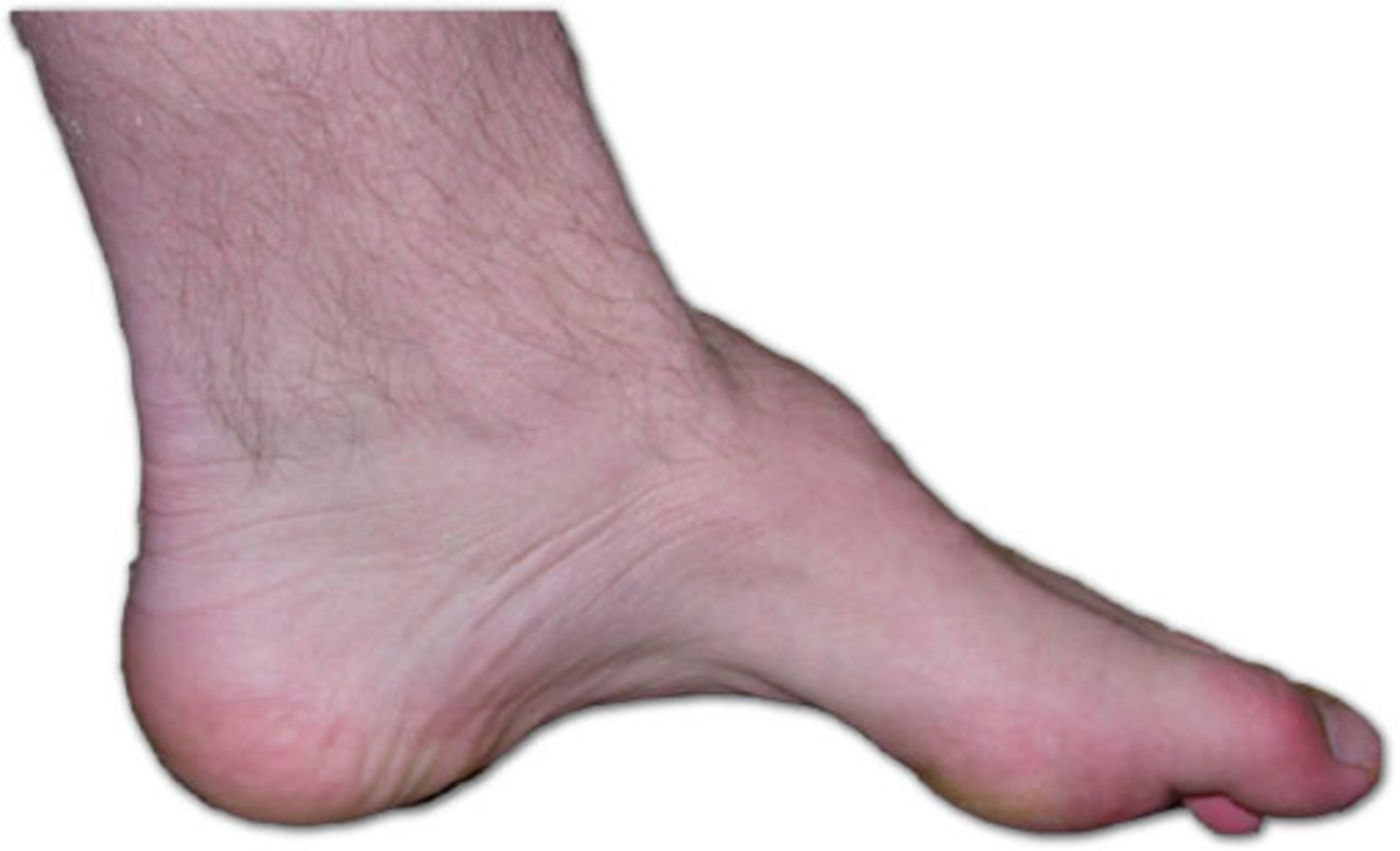Epidemiology
Etiology
- Hereditary
- Charcot-Marie-Tooth disease
- Krabbe disease
- Adrenoleukodystrophy
- Metachromatic leukodystrophy
- Toxins
- Endogenous
- Metabolic/endocrine causes: diabetes mellitus
- Exogenous
- Alcohol
- Medication (e.g., chemotherapy-induced peripheral neuropathy)
- Malnutrition/intestinal malabsorption
- Endogenous
- Inflammatory
- Vasculitis
- Connective tissue disorders
Tip
Diabetes mellitus and alcohol use disorder account for most cases in developed countries.
Pathophysiology
Clinical features
- Symmetrical distal sensory loss (glove and stocking pattern)
- Vibratory perception is often lost first, followed by loss of pin-prick, temperature, and light touch perception.
- May be accompanied by neuropathic pain, paresthesias, and motor weakness
- Burning-foot syndrome: burning pain, tingling, pins-and-needles sensation, or formication , hyperhidrosis
- Atrophy of muscles: e.g., stork legs in the case of Charcot-Marie-Tooth disease
- Sensory ataxia: caused by loss of sensation, particularly proprioception, that affects the afferent limb of postural reflexes (e.g., due to vitamin B12 deficiency).
- ↓ Deep tendon reflexes
Subtypes and variants
Hereditary motor sensory neuropathy (HMSN)
Also known as Charcot-Marie-Tooth disease
- Pathophysiology
- Primarily demyelinating neuropathy
- Various mutations cause impaired growth or function of the axons or Schwann cells (e.g., defects in axon or myelin sheath proteins).
- Clinical features: onset before the age of 20 years with distal symmetrical sensorimotor polyneuropathy
- Foot drop, pes cavus deformity, hammer toe

- Atrophy of the calf muscles (stork leg appearance)
- vs Myotonic syndromes, which has pseudohypertrophy (rather than atrophy) of the calf muscles.
- Weak intrinsic hand muscles
- Sensory loss
- Foot drop, pes cavus deformity, hammer toe